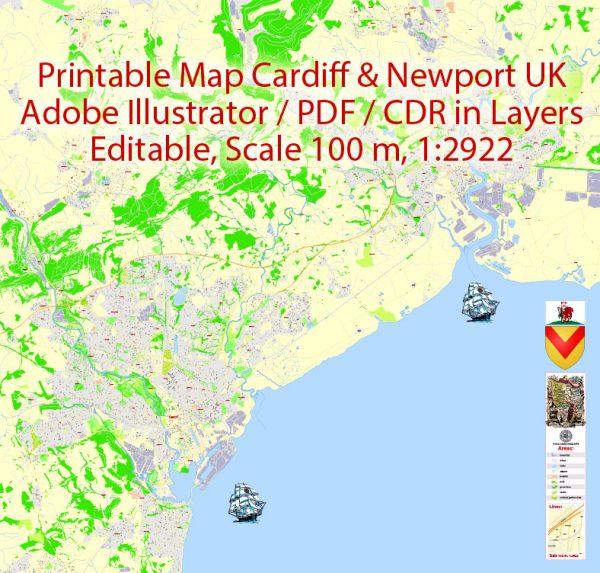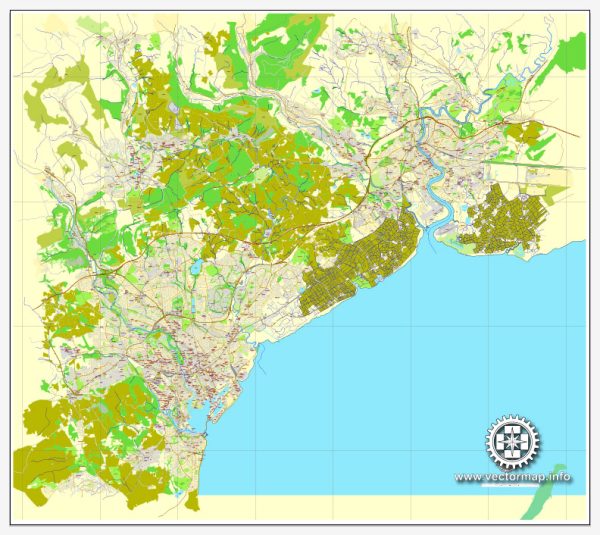The history of urban development in Cardiff and Newport, located in South Wales, United Kingdom, is a story of industrial growth, economic transformation, and urbanization. Here is a brief overview of the key developments in the urban history of these two cities:
Cardiff:
- Early History: Cardiff’s origins can be traced back to Roman times when a fort called “Cardiff Castle” was established. However, it remained a small town for most of its history.
- Industrial Revolution: The 19th century brought significant changes to Cardiff, thanks to the coal and iron industries. The construction of docks, particularly the Bute Docks by the Marquess of Bute, led to rapid expansion and turned Cardiff into a major coal exporting port.
- Economic Growth: The coal trade boomed, attracting immigrants and workers to the city. Cardiff’s population increased dramatically, and it became a vital hub for the export of Welsh coal to various parts of the world.
- Urbanization: To accommodate the growing population, the city expanded, with the construction of housing, infrastructure, and public amenities. The architecture of this era reflects the Victorian and Edwardian influences on the city’s landscape.
- Transformation into a Capital: In 1955, Cardiff became the capital of Wales, and this elevated its status and led to further urban development and modernization, including the construction of government buildings and cultural institutions.
- Post-Industrial Era: The decline of the coal industry in the mid-20th century had a significant impact on the city. However, Cardiff transitioned to a service-based economy, focusing on finance, education, and tourism.
Newport:
- Early History: Newport, located on the River Usk, has a history dating back to Roman times when it was known as “Venta Silurum.” It was a significant trading and military center.
- Industrialization: Newport’s growth was closely tied to the Industrial Revolution. The construction of the Newport Docks in the early 19th century led to the city’s expansion as it became an important port for exporting coal, iron, and steel.
- Railway Development: Newport’s strategic location made it a crucial transportation hub, with multiple railways converging in the city. This facilitated the movement of goods and people.
- Economic Changes: Like Cardiff, Newport experienced economic challenges in the late 20th century due to the decline of traditional heavy industries. However, efforts were made to diversify the local economy.
- Urban Regeneration: In recent years, Newport has undergone urban regeneration projects aimed at revitalizing the city center and waterfront areas. This includes the construction of new commercial and residential developments.
- Infrastructure Improvement: Infrastructure developments, such as the Newport Transporter Bridge and the construction of the M4 motorway, have played a significant role in shaping the city’s transport network.
The histories of Cardiff and Newport are closely tied to industrialization, transportation, and economic shifts. Both cities have adapted to changing circumstances and have evolved into thriving urban centers with diverse economies, modern amenities, and a rich cultural heritage.



 Author: Kirill Shrayber, Ph.D.
Author: Kirill Shrayber, Ph.D.